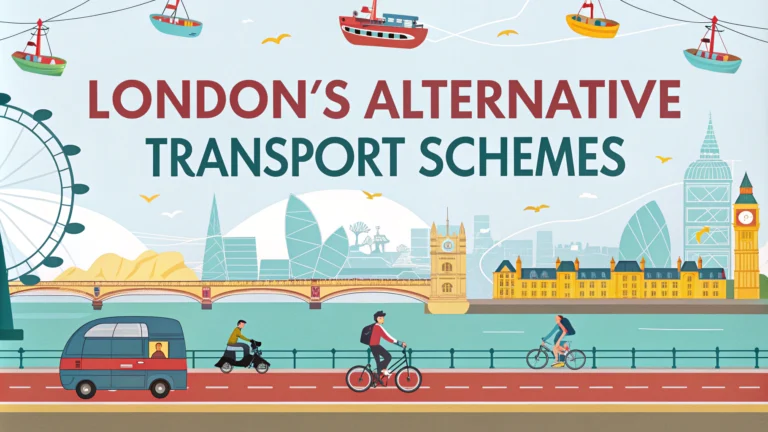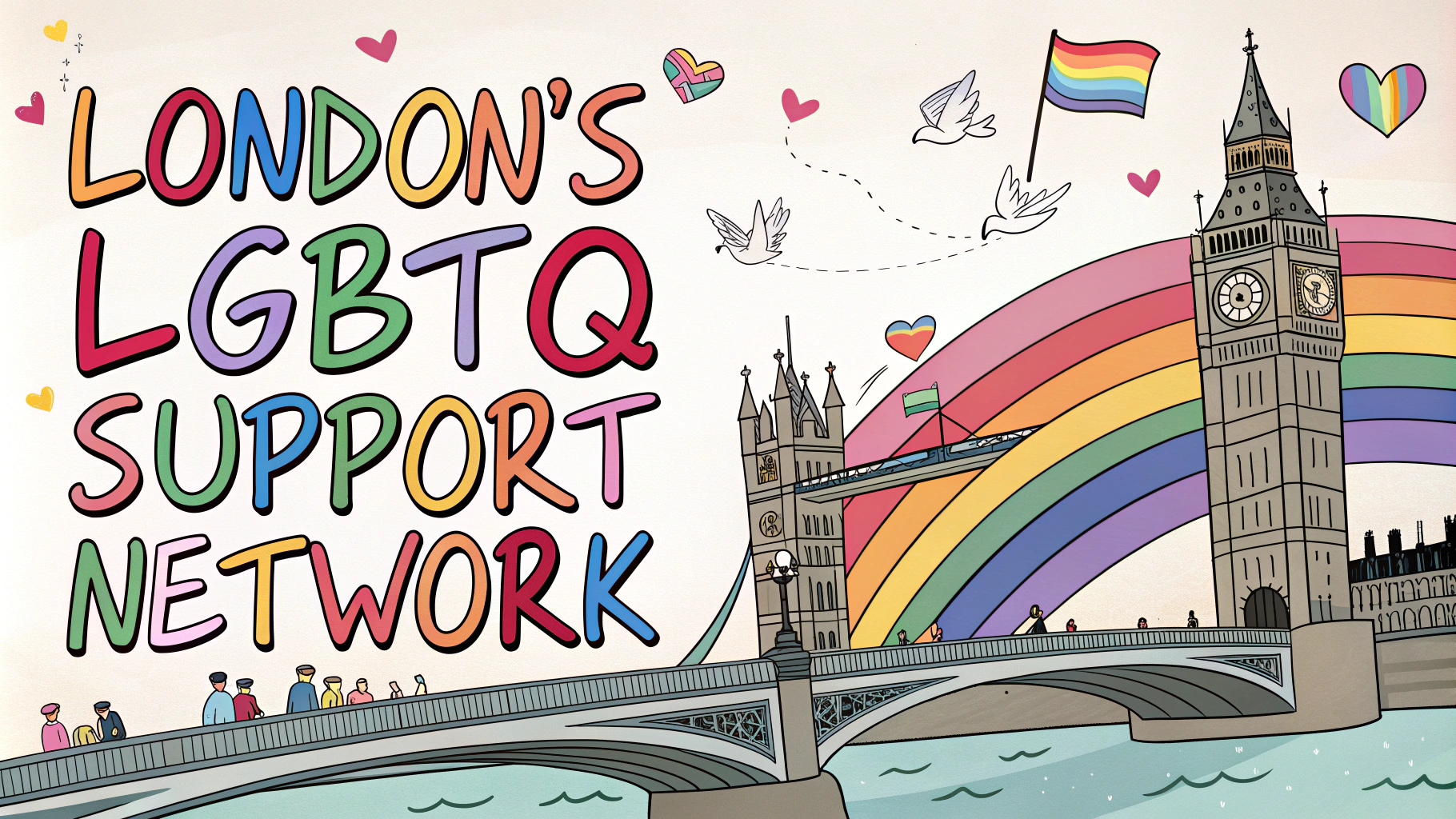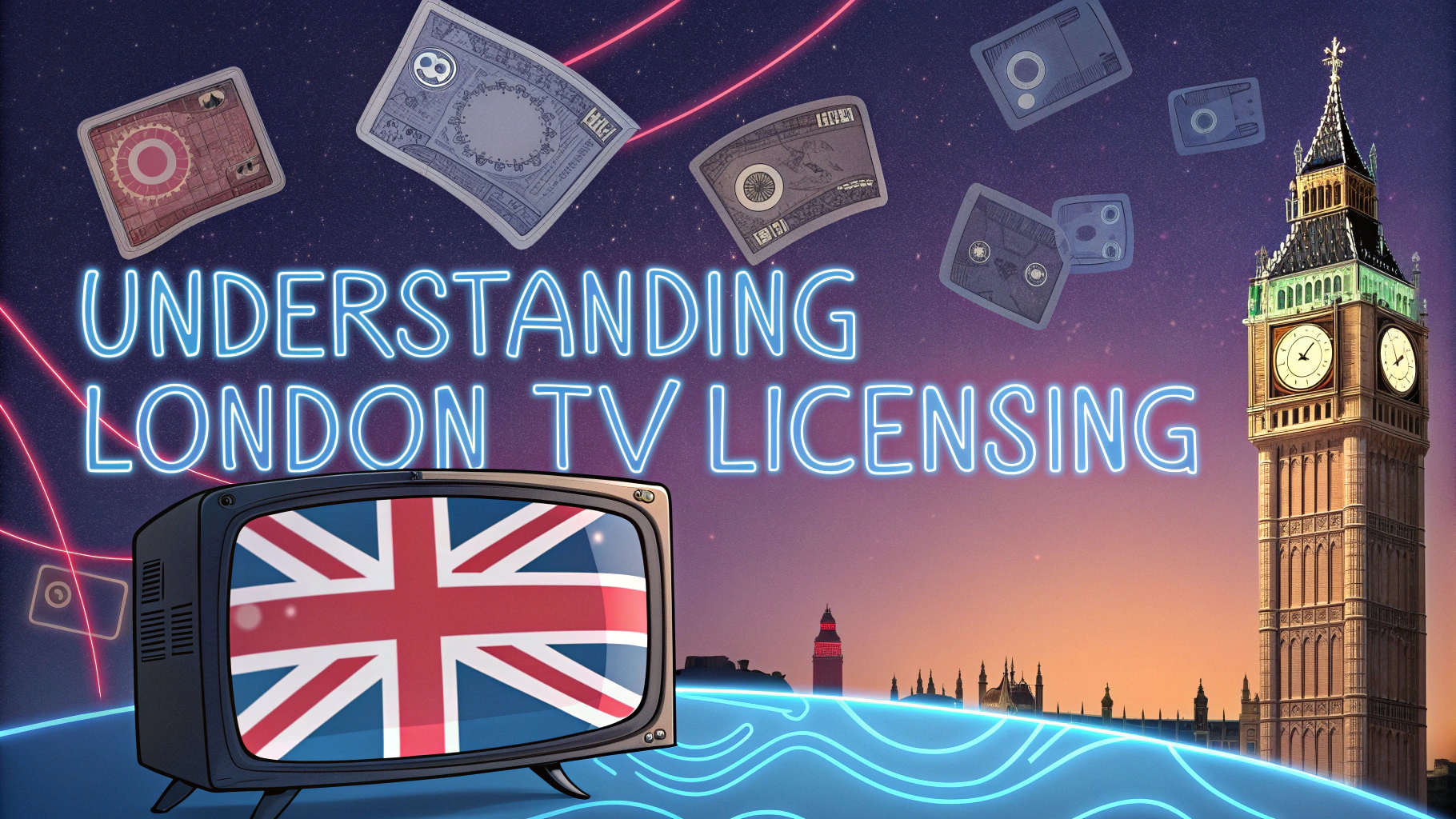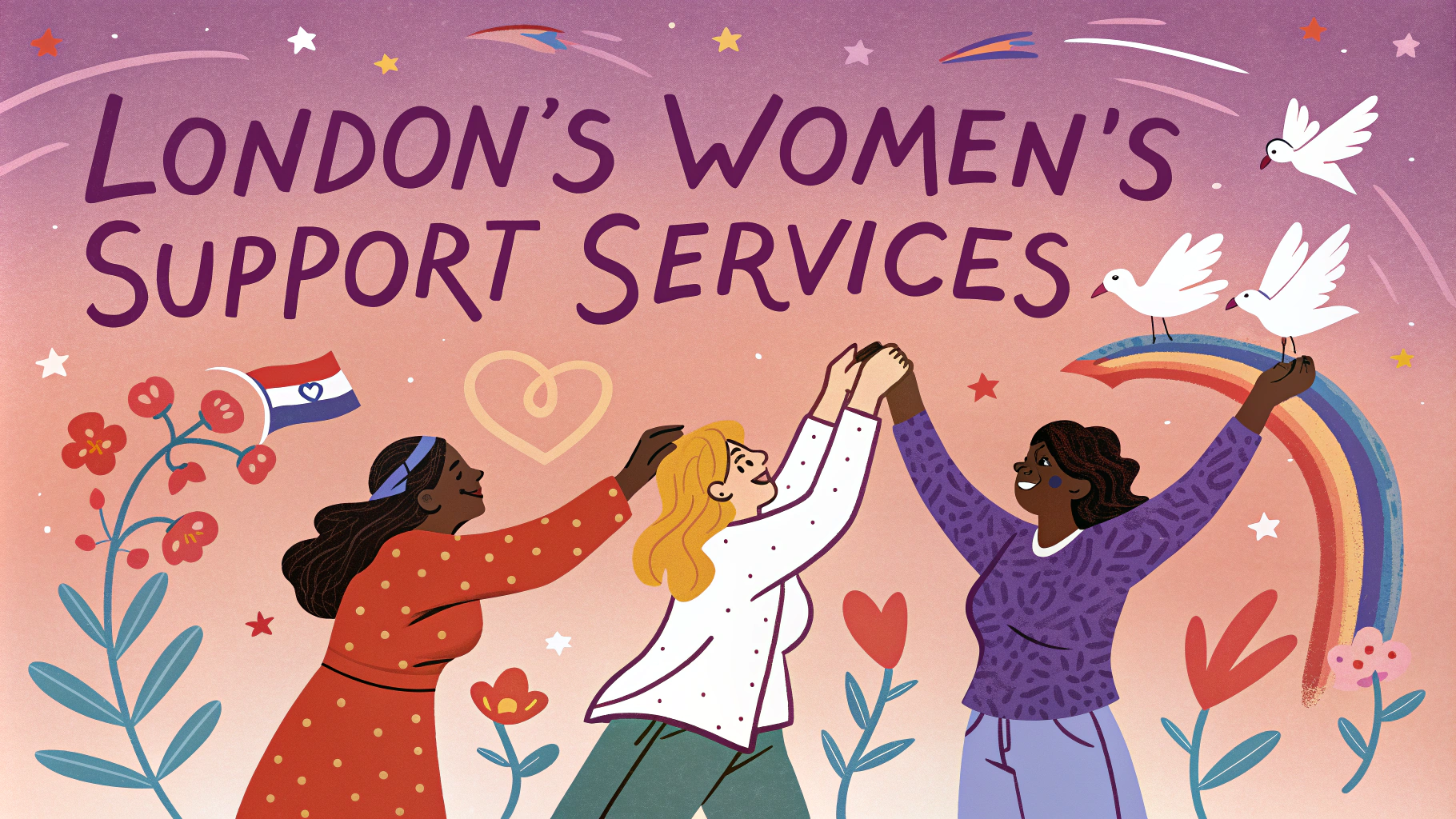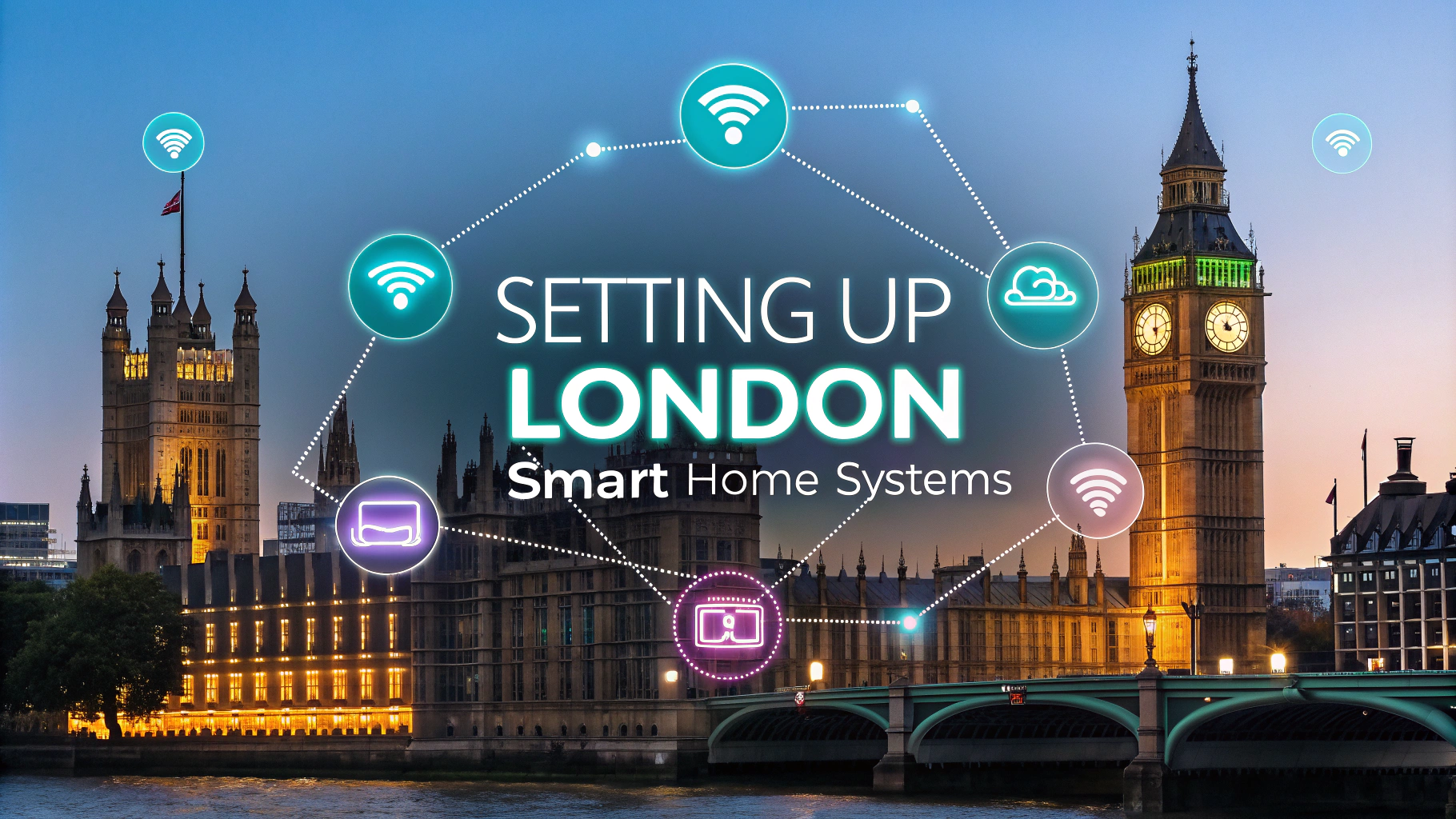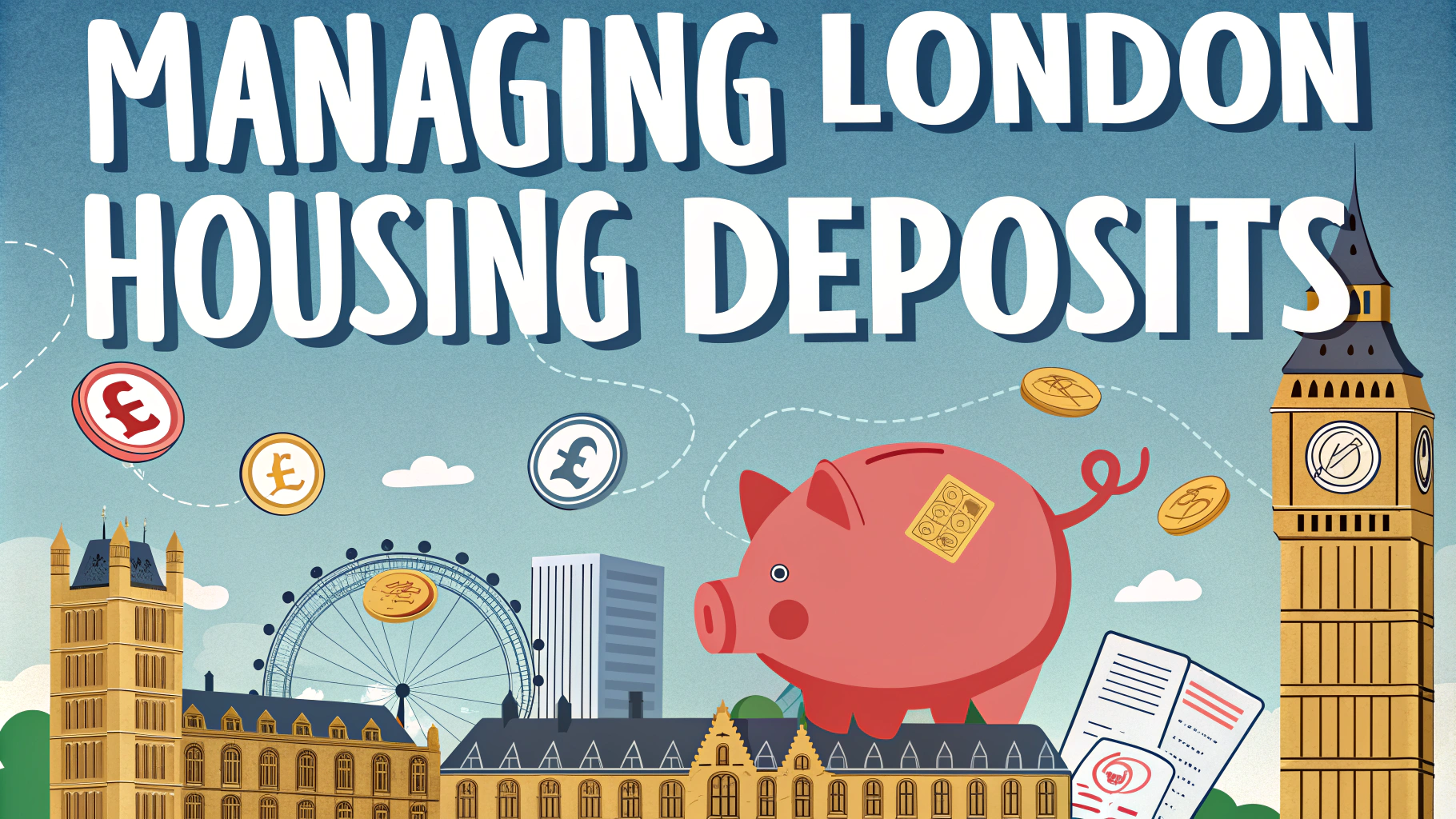London’s transport system extends far beyond the iconic red buses and Underground network, offering numerous alternative options for navigating the city efficiently.
Alternative transport methods can significantly reduce travel costs while providing more flexible routes through London’s diverse neighborhoods and outskirts.
This guide explores practical alternatives to traditional public transport, helping you make informed decisions about your daily commute or occasional trips across the capital.
Cycling Options
- Santander Cycles – £2 per day access fee, first 30 minutes free
- 750+ docking stations across London
- Download the official app for real-time bike availability
- Contact: 0343 222 6666
- Private Bike Schemes
- LIME – Dockless e-bikes (£1 unlock + £0.15 per minute)
- HumanForest – First 10 minutes free daily
Water Transport
Thames Clipper river buses operate between Putney and Woolwich, accepting Oyster cards and contactless payments.
- Key Routes:
- RB1: Battersea Power Station to Woolwich
- RB2: Battersea Power Station to Greenwich
- RB6: Putney to Canary Wharf
Car Sharing Services
- Zipcar – Hourly car rental from £8/hour
- 3000+ vehicles across London
- Includes fuel and insurance
- Enterprise Car Club – From £5.90/hour
- 200+ locations in Greater London
- Electric vehicles available
Electric Scooters
Legal rental schemes operate in select London boroughs through approved providers:
- TIER (£1 unlock + £0.15 per minute)
- Lime (£1 unlock + £0.16 per minute)
- Dott (£1 unlock + £0.15 per minute)
Walking Routes
- TfL Walking Map – Shows walking times between stations
- Legible London Signs – 1,500 wayfinding signs across the city
- Green Chain Walk – 50-mile network of linked paths through South East London
Making The Most of Alternative Transport
- Download multiple transport apps for flexibility
- Register for several services to ensure availability
- Check weather forecasts before choosing open-air options
- Compare journey times on Citymapper or Google Maps
- Consider combining different modes for optimal routes
Planning Your Journey
| Transport Type | Best For | Average Cost |
|---|---|---|
| Cycling | 2-5 mile journeys | £2-£5 per day |
| River Bus | East-West riverside travel | £4-£9 per journey |
| Car Sharing | Suburb-to-suburb trips | £8-£15 per hour |
| E-Scooters | Last-mile connections | £3-£5 per trip |
Safety Considerations
- Protective Equipment
- Helmets recommended for cycling and e-scooters
- High-visibility clothing for night travel
- Bike locks for secure parking
- Road Safety
- Follow highway code guidelines
- Use designated lanes where available
- Maintain awareness of surrounding traffic
Environmental Impact
Choosing alternative transport methods can reduce your carbon footprint:
- Cycling produces zero emissions
- Electric options use renewable energy sources
- Car sharing reduces individual vehicle usage
- Walking helps reduce air pollution
Cost Comparison Calculator
| Journey Type | Traditional Transport | Alternative Option | Potential Savings |
|---|---|---|---|
| Daily Commute | £5.50 (Tube) | £2.00 (Cycling) | £70/month |
| Cross-City Travel | £12.00 (Taxi) | £5.00 (River Bus) | £7.00/journey |
| Weekend Trip | £25.00 (Uber) | £16.00 (Car Share) | £9.00/trip |
Smart Travel in Modern London
- Mix transport options based on weather and schedule
- Keep multiple payment methods ready
- Stay informed about service updates
- Consider health benefits of active travel
- Track your journey costs to optimize spending
- Contribute to a more sustainable city through smart transport choices
FAQs
- What are the main alternative transport options available in London besides the Tube?
London offers buses, river boats (Thames Clippers), Santander Cycles (bike-sharing), rental e-scooters, DLR, London Overground, and walking routes. - How does the Santander Cycles bike-sharing scheme work?
You can hire bikes from docking stations across London using a bank card. It costs £2 for unlimited journeys up to 30 minutes within 24 hours, with additional charges for longer rides. - Are e-scooters legal to use in London?
Only rental e-scooters from approved operators in specific London boroughs are legal. Private e-scooters remain illegal on public roads. - What is the Thames Clippers river bus service?
Thames Clippers operate regular boat services along the River Thames, accepting Oyster cards and contactless payments, serving piers from Putney to Woolwich. - How reliable are London’s night buses?
Night buses run on over 100 routes across London, operating between 23:00 and 06:00, with some routes running 24 hours, providing reliable service when the Tube is closed. - What is the Cycle Superhighway network?
These are dedicated cycle lanes that run from outer London into and across central London, offering safer, faster routes for cyclists. - Can I bring a bicycle on London public transport?
Folded bikes are allowed on all transport modes. Non-folding bikes are permitted on some National Rail services, the London Overground, and DLR during off-peak hours. - How does the London Cable Car (IFS Cloud Cable Car) work?
The cable car crosses the Thames between Greenwich Peninsula and Royal Docks, operating daily with regular service, accepting Oyster cards and offering special experience packages. - What walking apps are recommended for London navigation?
TfL Go, Citymapper, and Google Maps offer detailed walking routes, including quieter streets and shortcuts through parks and alleys. - Are there car-sharing services available in London?
Yes, services like Zipcar, Enterprise Car Club, and DriveNow operate across London, offering short-term car rentals through mobile apps.
